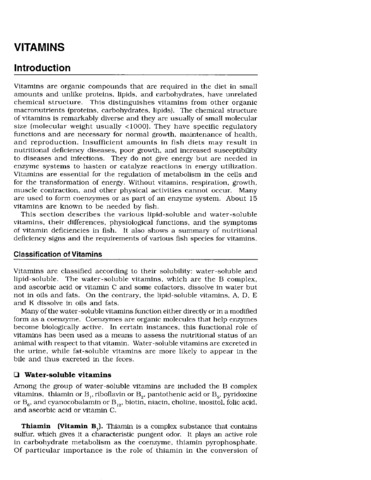Dietary vitamin C and E supplementation and reproduction of milkfish Chanos chanos Forsskal
| dc.contributor.author | Emata, Arnil C. | |
| dc.contributor.author | Borlongan, Ilda G. | |
| dc.contributor.author | Damaso, J. P. | |
| dc.date.accessioned | 2012-06-22T14:36:26Z | |
| dc.date.available | 2012-06-22T14:36:26Z | |
| dc.date.issued | 2000 | |
| dc.identifier.citation | Emata, A. C., Borlongan, I. G., & Damaso, J. P. (2000). Dietary vitamin C and E supplementation and reproduction of milkfish Chanos chanos Forsskal. Aquaculture Research, 31(7), 557-564. | en |
| dc.identifier.issn | 1365-2109 | |
| dc.identifier.uri | http://hdl.handle.net/10862/993 | |
| dc.description.abstract | Milkfish Chanos chanos Forsskal broodstock (11 years old, average body weight 5.23–5.73 kg) reared in 10-m-diameter by 3-m-deep floating net cages (31–36 fish per cage) at SEAFDEC AQD's Igang Marine Substation in Guimaras Island, central Philippines, were fed daily at 3% of total body weight formulated diets (36% protein, 7–8% lipid) supplemented with 0.1% vitamin C, 0.05% vitamin E, both vitamin C and E or no vitamin supplementation (control) for 3 years. Reproductive performance was assessed in an attempt to determine the optimum nutrition for successful spawning of milkfish. The total egg production, mean number of eggs per spawning, number of spawns and mean egg diameter were not affected by dietary vitamin C and E supplementation. However, broodstock given dietary supplementation of vitamin C alone or in combination with vitamin E had a higher percentage of spawns with higher (> 90%) percentage egg viability, hatching and cumulative survival rate than those of the control. Broodstock given dietary vitamin E supplementation alone had few spawns, which made the results difficult to analyse. The results confirm the essentiality of vitamin C supplementation in producing more spawns with good egg and larval quality. The production of an adequate volume of good quality eggs and larvae to support hatchery operation is necessary to offset the huge investment in broodstock development, as it takes at least 5 years for milkfish to attain sexual maturation and spawning. | en |
| dc.language.iso | en | en |
| dc.publisher | Blackwell Science Ltd | en |
| dc.subject | milkfish | en |
| dc.subject | Chanos chanos | en |
| dc.title | Dietary vitamin C and E supplementation and reproduction of milkfish Chanos chanos Forsskal | en |
| dc.type | Article | en |
| dc.identifier.doi | 10.1046/j.1365-2109.2000.00467.x | |
| dc.citation.volume | 31 | |
| dc.citation.issue | 7 | |
| dc.citation.spage | 557 | |
| dc.citation.epage | 564 | |
| dc.citation.journalTitle | Aquaculture Research | en |
| dc.subject.asfa | fecundity | en |
| dc.subject.asfa | feeding experiments | en |
| dc.subject.asfa | fish culture | en |
| dc.subject.asfa | fish larvae | en |
| dc.subject.asfa | nutritional requirements | en |
| dc.subject.asfa | vitamin C | en |
| dc.subject.asfa | vitamin E | en |
| dc.subject.scientificName | Chanos chanos |
Files in this item
| Files | Size | Format | View |
|---|---|---|---|
|
There are no files associated with this item. |
|||
This item appears in the following Collection(s)
-
Journal Articles [1258]
These papers were contributed by Department staff to various national and international journals.



